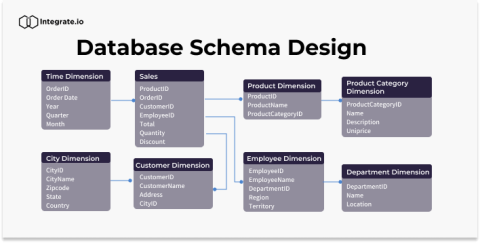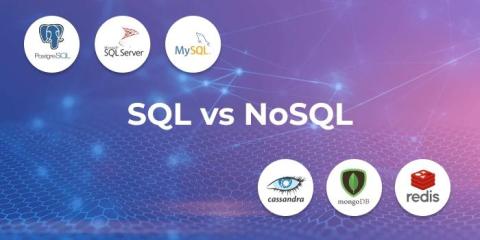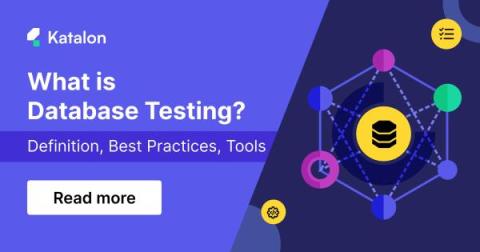Complete Guide to Database Schema Design
Experts predict that the global enterprise data management market will grow at a compound annual growth rate of 12.1% until 2030. Your organization’s database management system (DBMS) stores all the enterprise data you need for software applications, systems, and IT environments, helping you make smarter data-driven business decisions. Here are the key things to know about database schema design.











